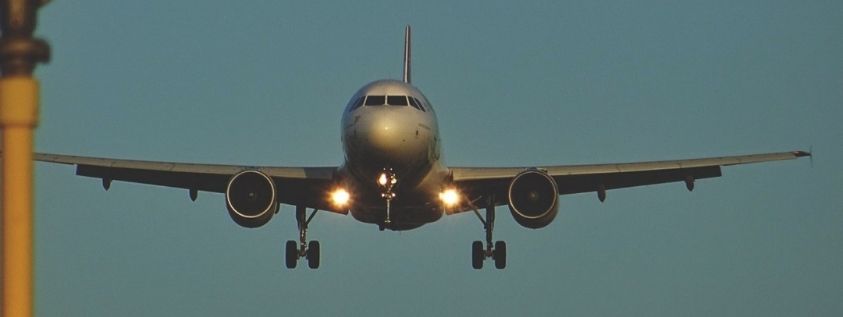Few human activities are as important as aviation in terms of keeping risks to a minimum on a permanent basis. In aviation, refresher courses serve to ensure that all pilots are up to date with in-flight safety measures.
In aviation, everything from mechanical components to turbines to landing gear has an expiry date. Even cabin crews, mechanics and pilots must periodically renew their ratings, medical certificates, etc… It is therefore not surprising that, following this guideline, air operators periodically subject their crews to what we call “refresher courses”.
The operation of an aircraft, whether in the cockpit or in its piloting, is based on the procedures set out in the “Aircraft Manual” and which are applied to the letter at every moment of the flight. In aviation, there is no such thing as improvisation; the entire operation is based on procedures that have been previously developed and tested as effective and safe.
The refresher courses
To ensure that the level of expertise of aircrews remains within the necessary margins of excellence, the EASA (European Aviation Safety Agency) provides for different courses, which are either refresher or standarization courses depending on their content and objectives. In short, the aim is for pilots – there are also similar courses for cabin crew – to keep all procedures perfectly up to date, not only those of normal operation (which are put into practice on each flight) but also and especially those involved in the resolution of any emergency that may occur on board.
Content of the courses
To summarize, the regulations require all pilots to have made a minimum of three landings and three take-offs during the previous 90 days in order to remain in active service. If this has not been the case – something that has unfortunately become commonplace during the Covid 19 pandemic – the pilot will undergo the necessary prior simulator sessions until the optimum level of skill and safety has been re-acquired, as an unavoidable premise before returning to the controls of a commercial aircraft.
In addition, under normal circumstances, two simulator sessions (of the type of aircraft for which the pilot is qualified) should be added, in which all normal and emergency operating procedures are exhaustively reviewed, something which in many airlines amounts to three or four sessions. To all this, finally, we must add a simulator session as a license exam once a year, and every three years an exhaustive review of aircraft systems knowledge.
As you can see, in aviation, safety is paramount and nothing is left to chance.
